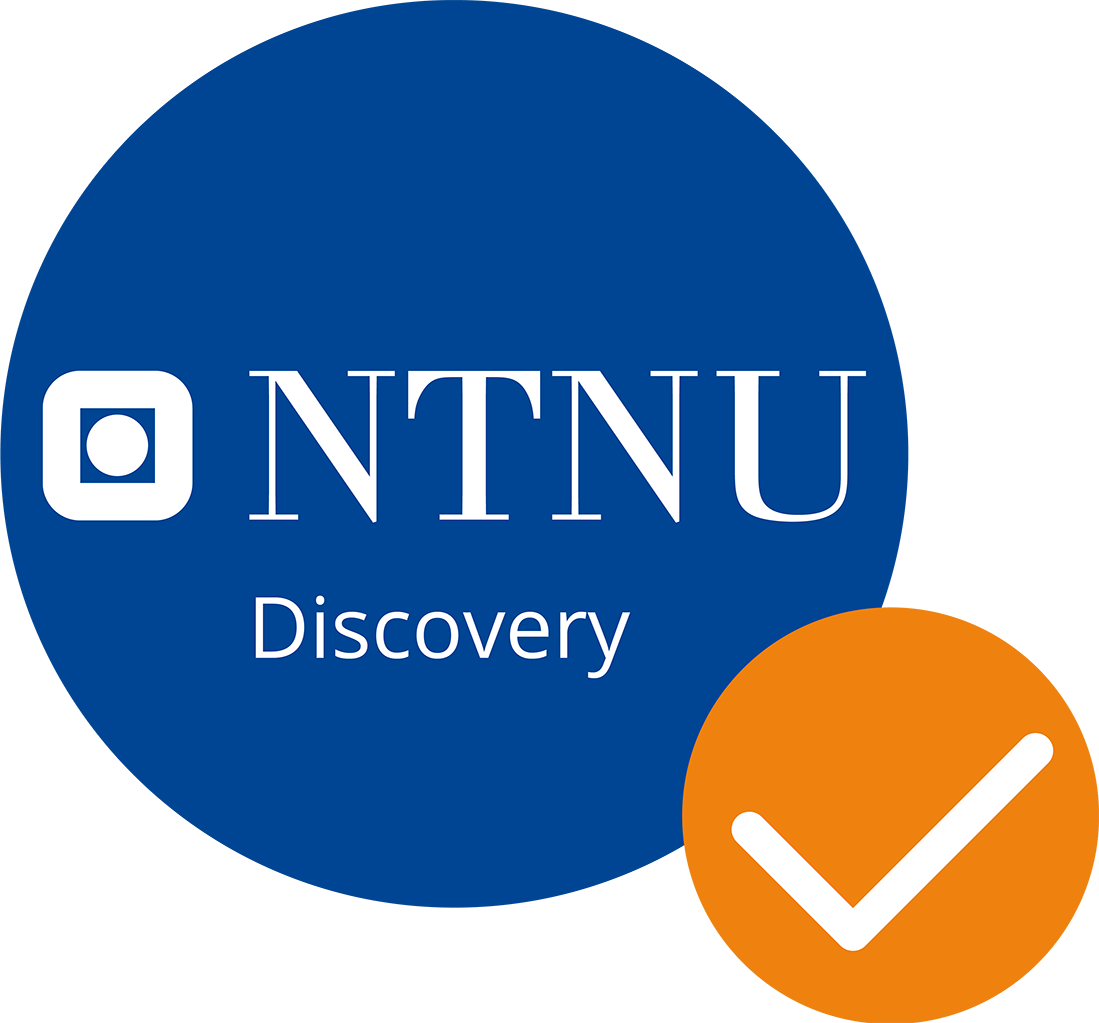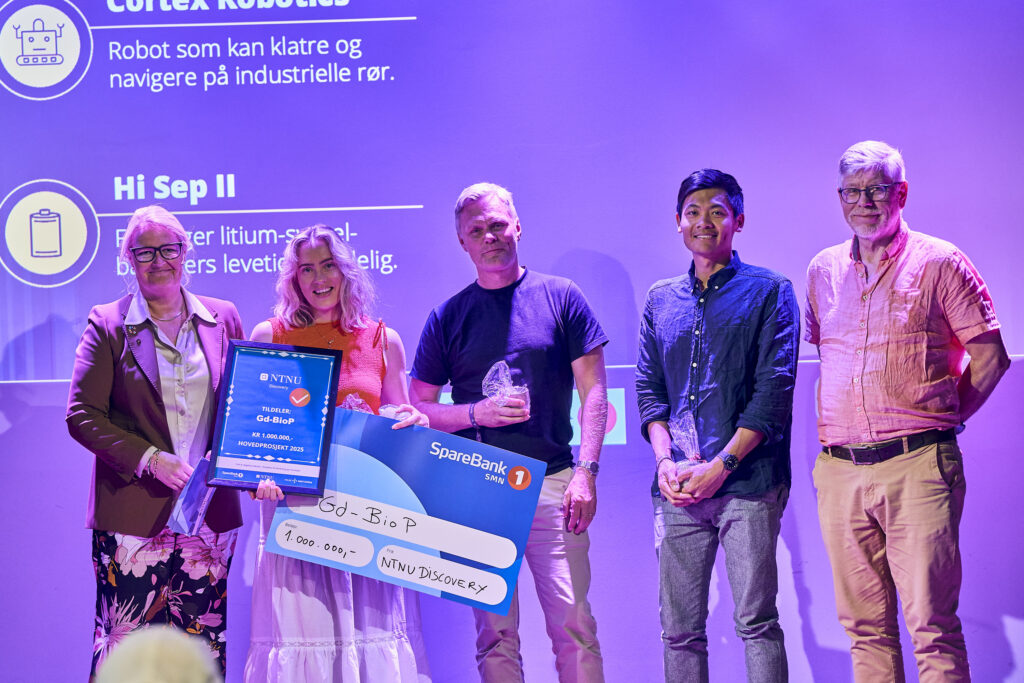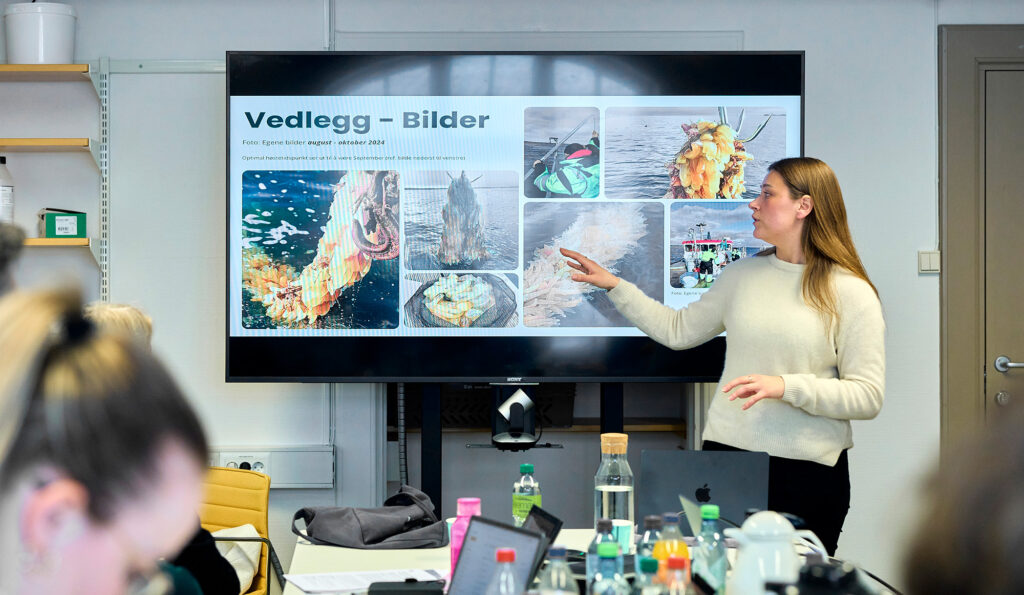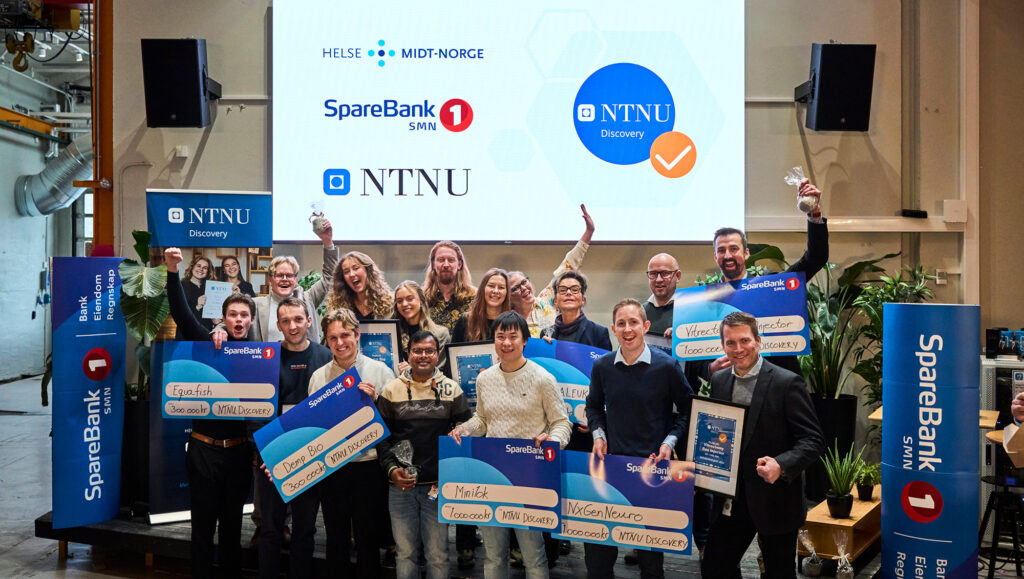Førerløs over kanalen
Tekst: Anne-Lise Aakervik
Foto: synlig.no
En liten båt går stille rundt i havnebassenget i Trondheim. Det er verdens første førerløse sykkel- og passasjerferge som nå testes ut.
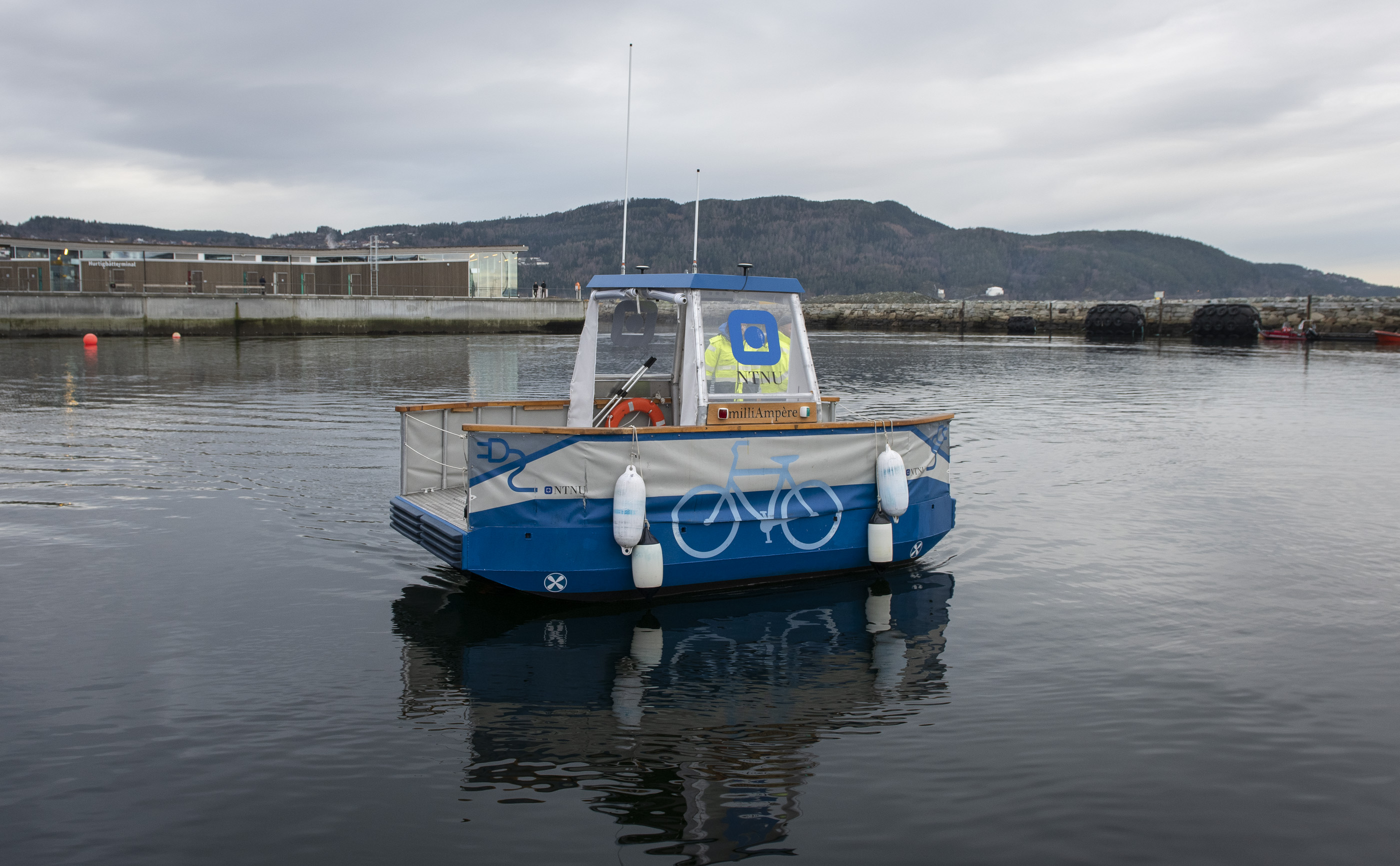
Båten heter milliAmpère, den kjører på strøm og skal selv kunne legge fra og til kai med passasjerer om bord. Teknologien testes nå ut i Kanalen i Trondheim. milliAmpère er en prototyp og fungerer også som et laboratorium for forskerne, så helt selvgående er den ennå ikke. Foreløpig trenger den litt styrehjelp. Det skjer med en spillkonsoll som oppfinner og førsteamanuensis Egil Eide kontrollerer. Båten har to propeller, en foran og en bak som sørger for fremdrift og muligheter for å legge til både sideveis og rett på kaia. Med tiden skal den gå førerløst med passasjerer om bord over kanalen.
– Det eksisterer ingen elektriske, autonome(selvgående) passasjerferger i drift i dag. De er kabelferger som enten er motoriserte med bemanning eller betjenes med håndsveiv, sier Oddbjørn Rødsten som er prosjektleder fra NTNU Technology Transfer.
– Vårt prosjekt vil være en milepæl når det gjelder å effektivisere passasjertransport på korte strekninger i byer som ligger ved vannet, sier Egil Eide.
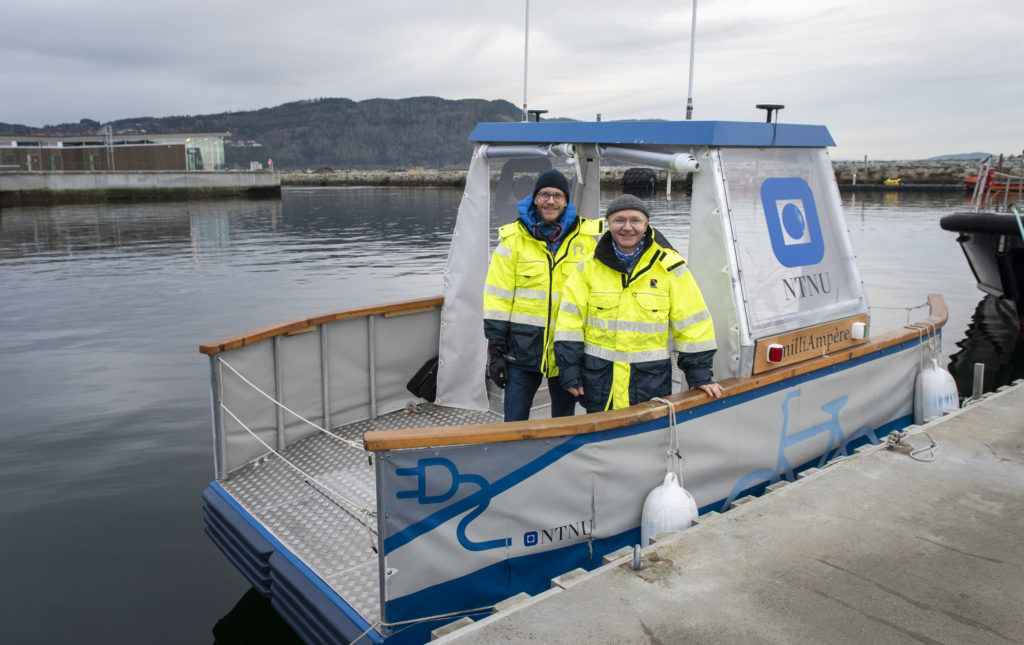
Framtidens reiser
Skal vi tro forskerne vil selvgående ferjer i byenes transportbilde bli mer og mer vanlig. Verden over vokser byene, og dette gir økt trykk på transportsystemene. Det er derfor viktig å utvikle velfungerende systemer som gjør det enkelt, effektivt og trygt for brukerne og ikke for kostbart for samfunnet. Det må også være klimasmart og enkelt å drifte. I dette segmentet finner vi selvkjørende biler og ferger. Og mens bilindustrien har kommet langt når det gjelder selvkjørende teknologi, henger ferjetrafikken litt etter, men forskerne profitterer på utviklingen som er gjort i bilindustrien. Mange store byer har vannveier som egner seg til denne typen transportmiddel, for eksempel så har både København, Stockholm og Oslo urbane fergetjenester i dag. Flere av disse kan på sikt bli autonome.
– En slik ferge egner seg til kryssing over en kanal eller en elv, der det er naturlig å krysse og der ei bru vil være for dyrt. I Trondheim er kryssingen mellom Ravnkloa og Vestre Kanalhavn valgt ut som teststrekning, sier Egil Eide.
I det ferdige konseptet skal passasjerene kunne bestille transport med en app eller trykke på en knapp på ferjeleiet. Syklister og passasjerer fraktes så over til andre siden og spare tid i forhold til å gå eller sykle rundt.
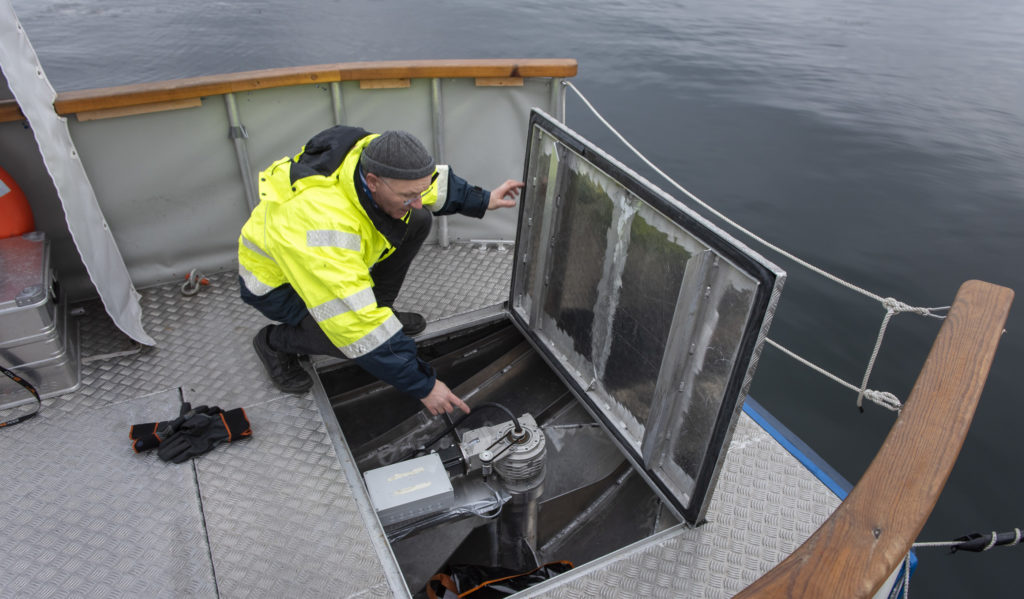
Godt samarbeid
– For at en slik ferge skal oppleves trygg for brukerne er det viktig at den ikke kolliderer med noe som kan dukke opp, det skal være sikkert å stige på og av, og den skal gå dit den skal. For å få til det er vi avhengig av sikker teknologi, sier Oddbjørn Rødsten.
– En selvgående, elektrisk ferge som milliAmpère må være utstyrt med GPS, radar og laserskanner som ser objekter. I tillegg må det være både vanlig kamera og infrarøde kameraer. Disse skal kommunisere og bidra til en trygg overfart. Fergen må også ha et system for automatisk lading av batterier når den ligger til land, sier Eide.
Prototypen består av en rekke teknologi- og systemkomponenter, og er basert på mange års forskning og utvikling på autonome systemer; deriblant sensorteknologi, antikollisjon og posisjonering ved NTNU.
Bak står et tverrfaglig sterkt fagmiljø bestående av Senter for Autonome Maritime Operasjoner, Institutt for marin teknikk, Institutt for teknisk kybernetikk og Institutt for elektroniske systemer som har gått sammen for å utvikle teknologien til en slik farkost.
– Det er utfordrende å få alle systemene til å snakke sammen, og agere etter informasjon som blir samlet inn. Dette testes og justeres i mange omganger, sier Egil Eide, og det er det vi skal gjøre i vinter.
– Vi skal også teste systemet som fanger opp alt som skjer rundt, og vi skal se på markedsmulighetene og forretningsmodeller. Hovedtanken er at vi kan skal kunne levere systemene til båtbyggere og andre som driver slik transport. Vi skal i utgangspunktet ikke levere autonome båter selv.
Protoyp i 2020
Med en million kroner fra NTNU Discovery skal teamet også gjøre inngående testing og verifisering av prosedyrene når ferja går fra og legger til kai.
Med på laget i tillegg til NTNU TTO har forskerne Trondheim Havn, som er ansvarlig for kaiområdene. I tillegg er både Kystverket og Sjøfartsdirektoratet involvert.
– Dette er lovgivende etater og er viktige med tanke på tillatelser og utprøving. Vi har også med DNV GL og referansekunden er Sundbåten i Kristiansund. De trafikkerer daglig over sundene i Kristiansund og har erfaring med dette. De ønsker seg selvgående båter i fremtida, sier Oddbjørn Rødsten.
– Vi har allerede finansieringen på plass for å bygge en skikkelig prototyp for ca. 12 passasjerer, og forhåpentligvis kan vi teste dette ut i større skala fra 2020. Men først må vi komme i mål med verifiseringen av teknologien om bord på milliAmpére, sier Egil Eide og legger fra kai.
Fakta:
- milliAmpere er en farkost som er 5 meter lang og 2,8 meter bred og bygget i aluminium.
- Framdriftsmotorer er 2 stk 2kW elektriske motorer.
- Ferga vil bli utstyrt med GPS, laser, radar og flere typer kamera.
Prosjekter og nyheter
Kontakt:
Prosjektleder
Jan Hassel
Epost: jan.hassel@ntnu.no
Telefon: 906 53 180
Kontor: Hovedbygget, sokkel
Håvard Wibe
Epost: havard.wibe@ntnu.no
Telefon: 41 47 37 68
Kontor: Hovedbygget, sokkel

